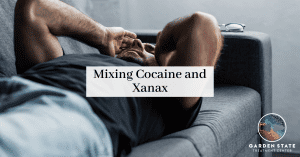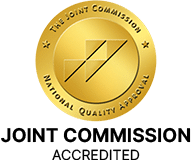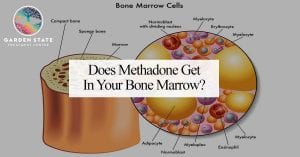
Tag: Opiates
An opiate, in classical pharmacology, is a substance derived from opium. In more modern usage, the term opioid is used to designate all substances, both natural and synthetic, that bind to opioid receptors in the brain


Does Tramadol Get You High?
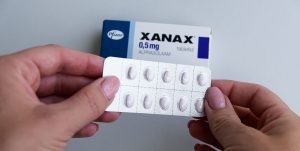
What Schedule Drug is Xanax?
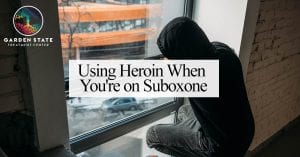
Using Heroin When You’re on Suboxone
